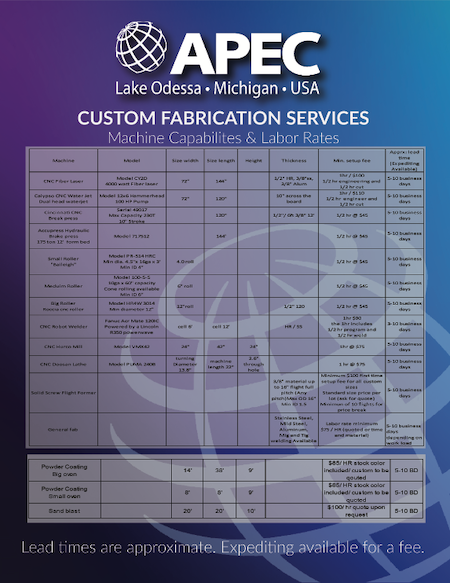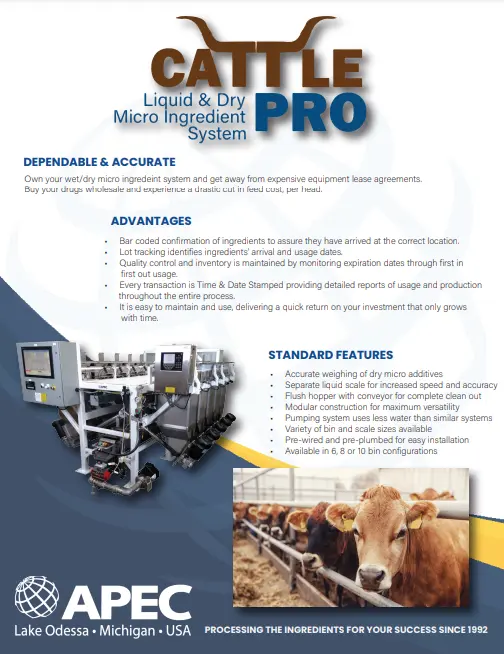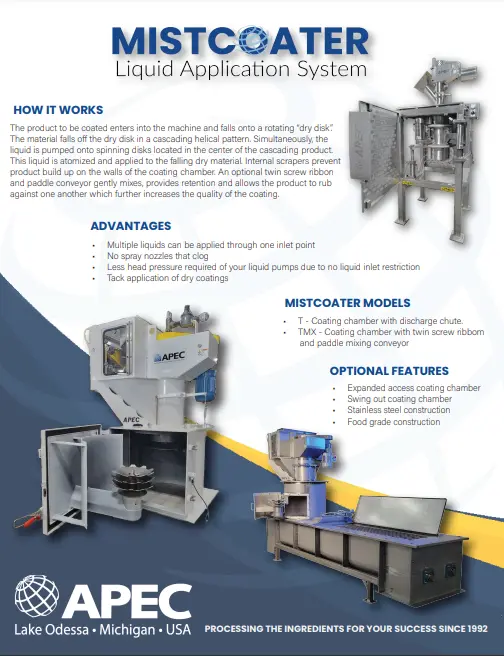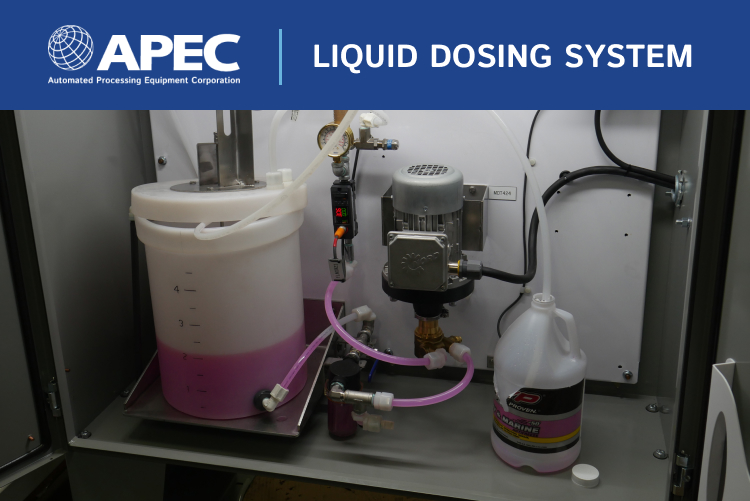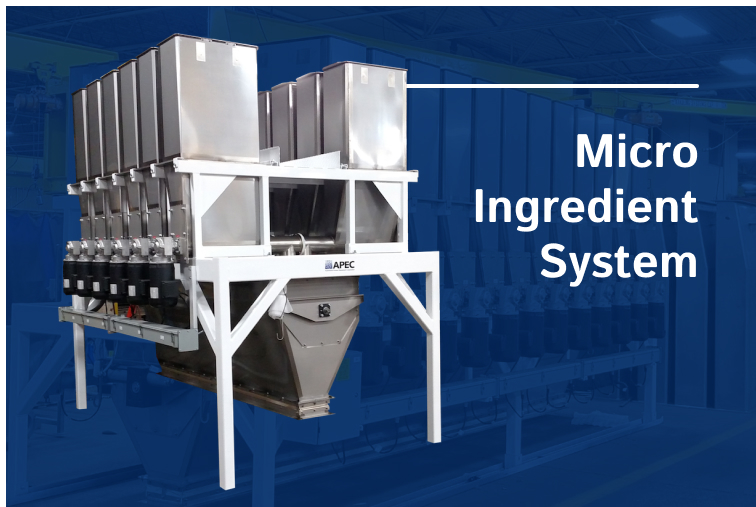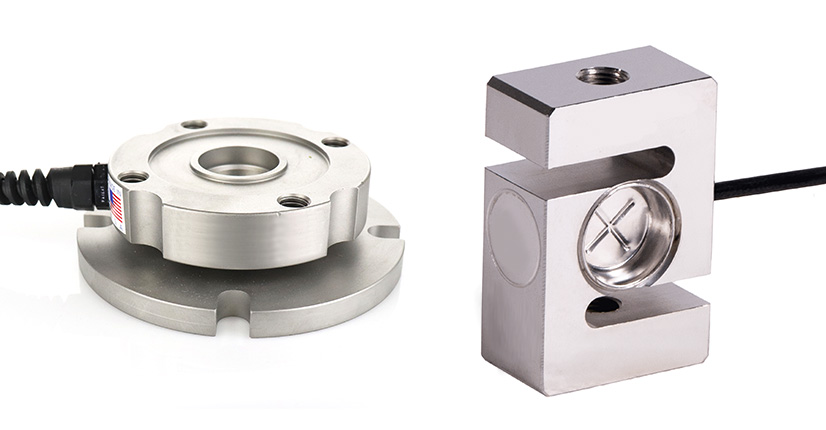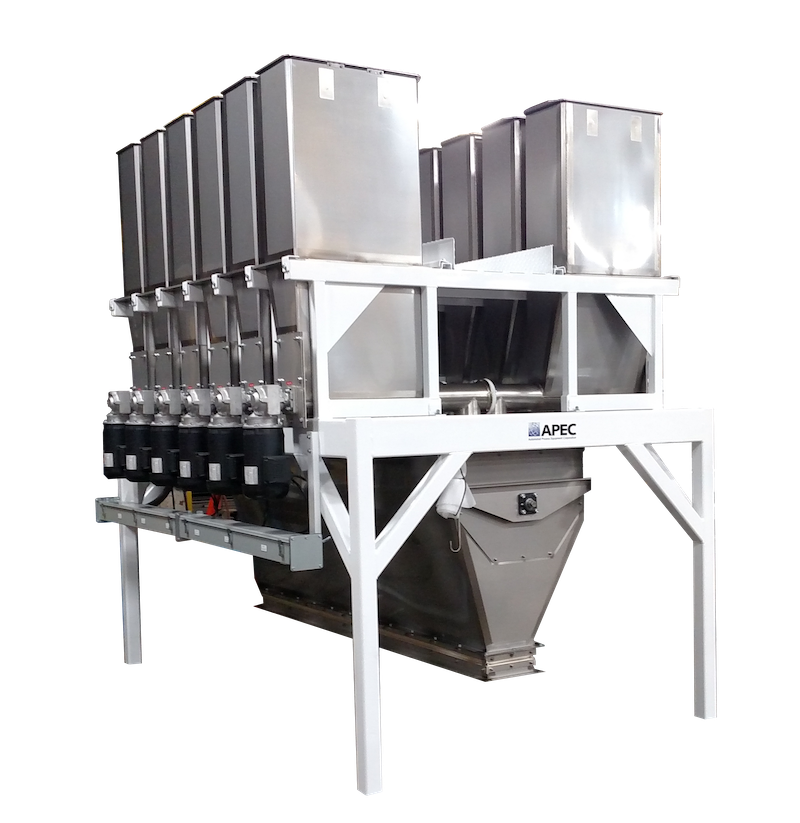
Ingredient storage bin construction may not seem like a crucial detail in a processing facility, however, using a bin type that is not appropriate for your ingredients can create flow problems. These flow problems can create other issues that can alter the quality of your mix. Let’s take a look at a few common bin flow problems and how to solve them.
What Are Bin Flow Problems?
First of all, what are bin flow problems? And why should we solve them?
A bin flow problem can be anything that obstructs the flow of material out of the bin. This might mean that most of the material flows out, while some of the material gets stuck in a “dead zone.” In a “dead zone” material remains stationary in the bin and doesn’t flow out with the rest. In other cases, an obstruction over the opening in the bin might clog the bin and stop any of the material from leaving. Static electricity can also cause bin flow problems. Dry, powdery material, in particular, can stick to the edge of the bin. These problems and many more can cause material to get stuck in the bin.
Why Should You Solve Bin Flow Problems?
Why do bin flow problems matter? Why worry about solving bin flow problems? Won’t these problems eventually solve themselves?
Bin flow problems generally won’t go away on their own, especially if you’re working with the same materials and situation. Besides slowing the flow of ingredients and slowing production in general, bin flow problems can create other issues as well. For example, material that gets stuck in the bin for long periods of time can accumulate mold, which can contaminate the new material as it’s added. Material that clumps can change the consistency of the ingredients and affect the finished product. If the clump stops up the bin, it can stop production completely.
For all of these reasons and many more, it’s important to solve bin flow problems when you notice them. This will keep your operation running smoothly.
How to Solve Bin Flow Problems
Dead zones
Dead zones occur when material moves through the center of the bin, but the material at the edges of the bin doesn’t move through. When this happens, the same material will stay in the dead zones as other material gets added. As the material sits in the bin, mold and other contaminants can accumulate.
Dead zones usually occur in the bottom corners of the bin. Bins with an angled bottom can avoid dead zones. The storage bin can be constructed with an angled bottom, or you can add inserts to create an angle. An angle of about 70 degrees is usually enough to prevent these types of bin flow problems.
Clumping
Clumping usually occurs when materials bond together. This might occur when fibrous materials interweave together, or when powdery materials get wet and stick together. If these clumps are strong enough to hold together, they can clog the end of the bin. Or, several clumps can build up at the end of the bin and stop material from flowing.
You can solve clumping problems by adding movement to the bin or feeder, such as vibration or agitation. In some cases, controlling certain environmental conditions, such as excessive humidity, can also help to prevent clumping.
Static
Static can cause light materials to stick to each other or stick to the edges of the bin. This often occurs in especially dry conditions with lighter materials and those with relatively high surface area. This can include a wide variety of materials, from plastic pellets to wool fibers to powdered sugar and much more.
Bin flow problems caused by static can be solved by grounding, anti-static coatings or coverings, or environmental corrections. If a bin is securely grounded, the static charge will dissipate, and won’t cause sticking. Anti-static coatings or coverings on the inside of the bin can also prevent static from building up. Finally, certain environmental conditions can worsen static build-up. Maintaining a safe level of humidity can help to reduce static electricity, for example.
If you notice bin flow problems, it’s a good idea to solve them as soon as you can. The right bin construction from the start can help to prevent bin flow problems. Or, in some cases, you can make changes to correct the problem. If you’re wondering about how to optimize flow in your ingredient system, contact us. Our experts can help design the ideal ingredient system.


